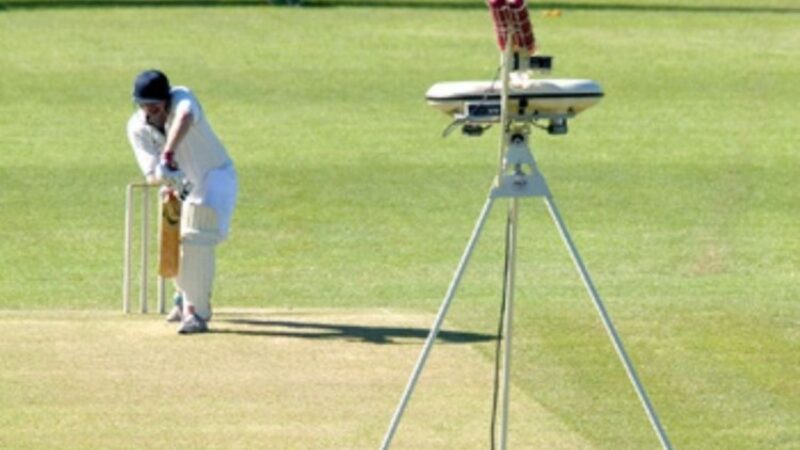Football Helmet: The Ultimate Guide for 2024

Football Helmet, a sport celebrated for its intensity and dynamic play, requires top-notch equipment to ensure player safety and performance. Among the essential gear, the football helmet stands out as a critical piece of protective equipment. This guide delves into the world of English football helmets, exploring their evolution, technology, and key considerations for players at all levels.
The Evolution of Football Helmet
Early Designs: A Historical Perspective
Football helmets have come a long way from their humble beginnings. Initially, helmets were simple leather caps designed to provide minimal protection. These early designs focused more on comfort and less on safety. By the 1950s, the introduction of plastic helmets marked a significant advancement, offering improved protection against head injuries.
Modern Helmets: A Leap in Technology
Today’s football helmets are sophisticated marvels of engineering. They incorporate advanced materials such as polycarbonate shells and impact-absorbing foams. The transition from basic leather caps to high-tech helmets highlights the sport’s commitment to player safety. Modern helmets are designed to withstand high-impact collisions and reduce the risk of concussions.
Key Features of a Quality Football Helmet
Shell Material: Durability and Protection
The outer shell of a football helmet plays a crucial role in protecting players. Most modern helmets use polycarbonate or composite materials. These materials offer exceptional durability and resistance to impact. Polycarbonate is known for its lightweight properties, making it a popular choice for helmet shells.
Padding and Liner Systems: Comfort and Safety
Inside the helmet, padding and liner systems are vital for absorbing shock and providing comfort. EPS (expanded polystyrene) foam is commonly used due to its excellent impact-absorbing qualities. Many helmets also feature airliner systems or gel padding, which conform to the player’s head for a customized fit and added protection.
Face Masks: Visibility and Protection
Face masks are attached to the helmet to protect the face and enhance visibility. Modern face masks are designed to offer a balance between visibility and protection. They come in various configurations, including single-bar and full-cage designs. The choice of face mask depends on player preference and position.
The Role of Certification and Standards
Understanding Helmet Certification
Helmets must meet specific safety standards to be deemed effective. In the UK, football helmets should comply with standards set by organizations like the British Standards Institution (BSI). The BS 2017 standard is one such certification that ensures helmets offer adequate protection against head injuries.
Importance of Compliance
Using certified helmets is crucial for player safety. Compliance with these standards ensures that helmets have undergone rigorous testing to verify their effectiveness in reducing the risk of injury. Players and coaches should always verify the certification of helmets before use.
Choosing the Right Helmet for Your Needs
Factors to Consider
Selecting the right football helmet involves considering various factors, including fit, comfort, and position. A well-fitting helmet should snugly conform to the player’s head without being too tight. Comfort features, such as adjustable chin straps and moisture-wicking liners, enhance the overall wearing experience.
Position-Specific Helmets
Different football positions may benefit from specialized helmet features. For instance, linemen often require helmets with additional padding to absorb high-impact collisions, while skill players might prefer helmets with a more streamlined design for better maneuverability.
Maintenance and Care for Football Helmets
Regular Inspections
To ensure the continued effectiveness of a football helmet, regular inspections are essential. Players should check for any signs of damage, such as cracks or dents, and replace helmets that show signs of wear. Additionally, helmets should be cleaned regularly to maintain hygiene and prevent odor buildup.
Proper Storage
Storing helmets properly can extend their lifespan. Helmets should be kept in a cool, dry place away from direct sunlight. Avoid placing heavy objects on top of helmets, as this can deform the padding and shell.
Innovations in Football Helmet Technology
Advanced Impact-Reduction Systems
Recent innovations have introduced advanced impact-reduction systems to enhance helmet safety. Technologies such as MIPS (Multi-directional Impact Protection System) and Sli Pro are designed to reduce rotational forces during collisions, further mitigating the risk of concussions.
Custom-Fit Technologies
Custom-fit technologies, such as 3D scanning and adjustable liners, allow for a more personalized fit. These technologies ensure that helmets conform perfectly to the individual player’s head shape, providing optimal protection and comfort.
The Future of Football Helmets
Emerging Trends
The future of football helmets promises continued advancements in materials and technology. Researchers are exploring new materials that offer even greater protection while remaining lightweight. Additionally, helmet designs are evolving to address specific injury concerns and improve overall safety.
The Role of Player Feedback
Player feedback plays a crucial role in the development of future helmet designs. By understanding players’ needs and preferences, manufacturers can create helmets that better meet the demands of the sport while enhancing safety and performance.
Read Also: The Ultimate Guide to Sport Foosball
Conclusion
In summary, the evolution of football helmets reflects the sport’s commitment to player safety and performance. From the early leather caps to today’s advanced designs, helmets have undergone significant improvements in technology and functionality. By understanding the key features, certification standards, and innovations, players and coaches can make informed decisions to ensure optimal protection on the field. As technology continues to advance, the future of football helmets looks promising, with ongoing developments aimed at further enhancing player safety and comfort.



One thought on “Football Helmet: The Ultimate Guide for 2024”
Comments are closed.